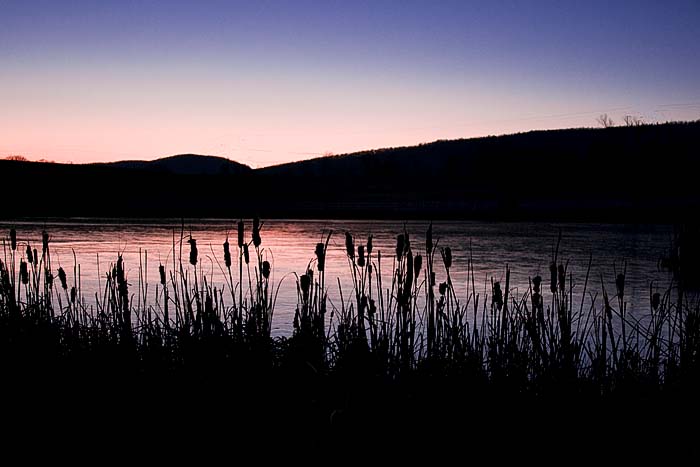
(to start of project)
Wallpaper paste doesn’t stick. At all. Neither does tape. Staples do. So does Liquid Nails.
I was planning to build some nice proper sawhorses, as my old slap-together set won’t hold screws anymore. I came across these plastic ones in the building supply store, and at $15 each I figured I wouldn’t lose much if they were junk, and there are times when you just need an extra one quick. Well, they’re totally awesome. There are notches in the top sized perfectly to hold 2×4 rails, and they have a shelf on the bottom to hold tools, and hooks on the side for T-squares and such, strong as heck, weigh nothing, and fold up to about 2” thick when you put them away. Totally awesome. It’s nice when something so simple can make you really happy.
Continue reading “Molds”
Like this:
Like Loading...








